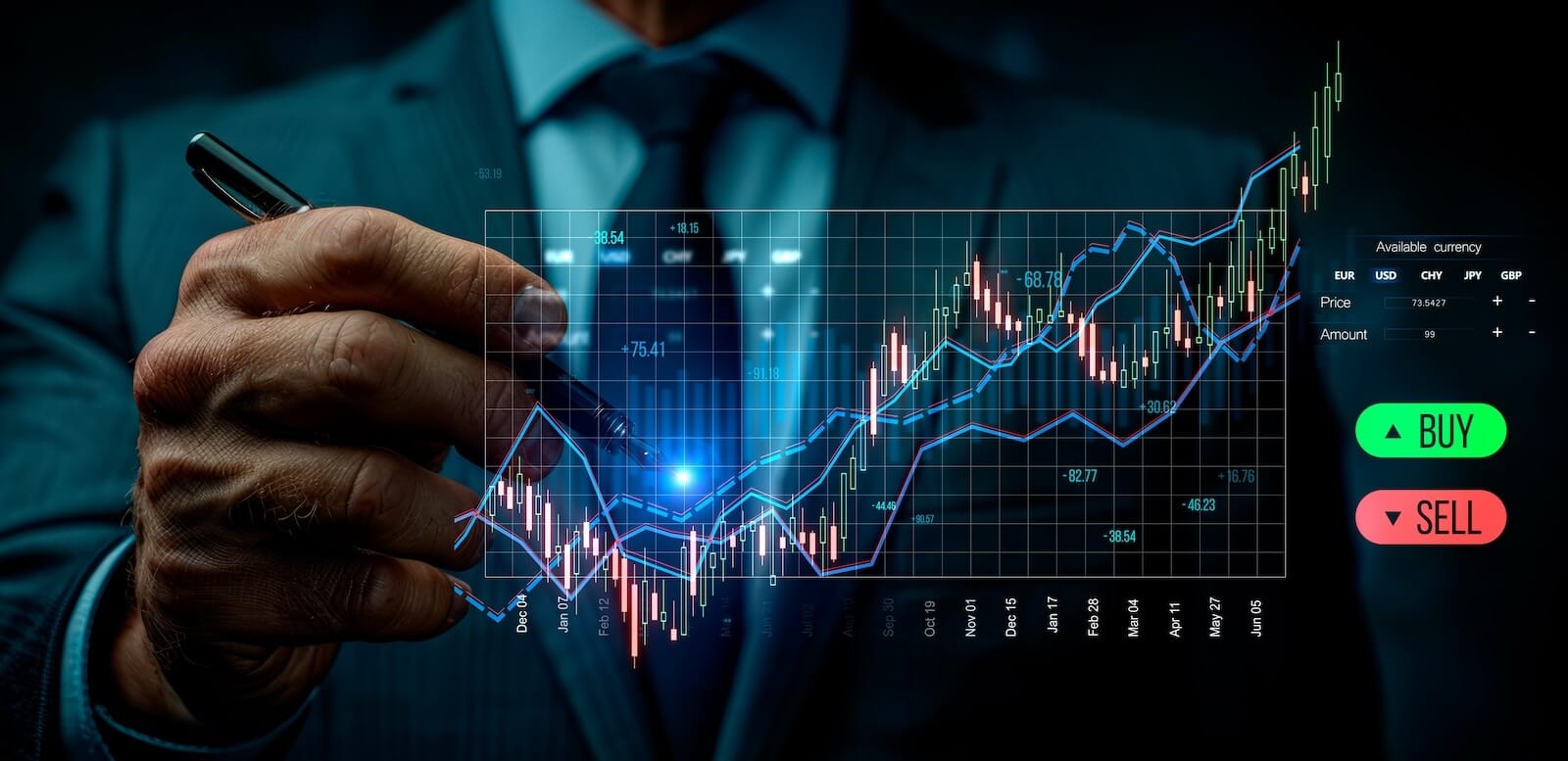DON'T READ TOO MUCH INTO JANUARY CPI NUMBER -- ENERGY PRICES ARE REALLY RISING -- HOW TO PLAY RISING COMMODITIES
ENERGY PRICES AREN'T REALLY DROPPING ... The news media made a lot out of the relatively small gain of 0.1% in the January CPI number. A lot of financial headlines claimed that showed that inflation fears were overblown. I don't think so. That's because the biggest part of the January decline came from a drop in energy prices -- and heating oil in particular. Energy prices fell -1.1% in January while heating oil lost -5.2%. [December CPI numbers also came in low thanks to falling energy prices]. But take a look at Chart 1. It shows oil prices falling throughout November and December. That energy decline is what we're seeing in the January CPI number (since it takes longer for price declines to filter down to the consumer level). Since the start of January, however, crude prices have risen from $42 to $51. That's a jump of 21% in less than two months. Economists look at the January decline in energy CPI and believe that energy inflation is easing. They'd be better off following more recent trends in the oil market which paint a more inflationary picture. I wrote yesterday that surging energy shares had forewarned of rising energy prices. Chart 2 shows the recent explosion in the Energy Sector SPDR (XLE) to a record high. Notice that the upturn in energy shares occurred right at the start of January -- just as oil prices were starting to turn up. While energy shares are somewhat overbought at current levels, there's no sign of a top. Apparently economists don't follow energy stocks either.

Chart 1

Chart 2
B ASIC MATERIALS ARE STILL LEADING ... Behind energy, the strongest sector so far this year has been basic materials. In fact, materials were the day's strongest market sector (just ahead of energy). The daily chart shows the Materials Sector SPDR (XLB) bouncing back today and staying above its recent breakout point at 30. [Next to energy, the XLB is the only other sector SPDR trading above its fourth quarter high]. I point this out because some messages I received yesterday questioned its usefulness as a way to participate in rising commodity prices. After all, it did drop yesterday as commodities rose. The fact is all sectors closed down yesterday. It's the direction of the trend that's important. And its trend is clearly up. As is its relative strength line. The XLB/S&P ratio line turned up at the start of January and has been rising since then. Notice that its relative strength line has followed the direction of the CRB Index (Chart 4) pretty closely. There are at least two reasons I can think of why the materials ETF didn't match yesterday's spectacular rally by the CRB Index. One is that the XLB doesn't include energy stocks. Another is that it doesn't include agricultural commodities. Those were the two groups that contributed the most to yesterday's CRB breakout.

Chart 3

Chart 4
COMMODITY MUTUAL FUNDS ... There are lots of ways to benefit from rising commodity prices. There are individual stocks tied to copper, gold, energy, and steel for example. There are energy and basic material ETFs (like the two plotted above). There are sector mutual funds that specialize in energy, industrial materials, and precious metals. And there are at least two mutual funds that invest directly in commodity markets. The next two charts show the Pimco Commodity Fund (PCRAX) and the Oppenheimer Real Asset Fund. Both have turned up recently but haven't reached new highs yet. There's also a gold ETF (GLD) that provides more direct exposure to the gold market. For more in-depth discussion of how to play commodities, please read my November article entitled "How to Play Hard Assets with Stocks, ETFs, and Mutual Funds" (November 22, 2004).

Chart 5

Chart 6












